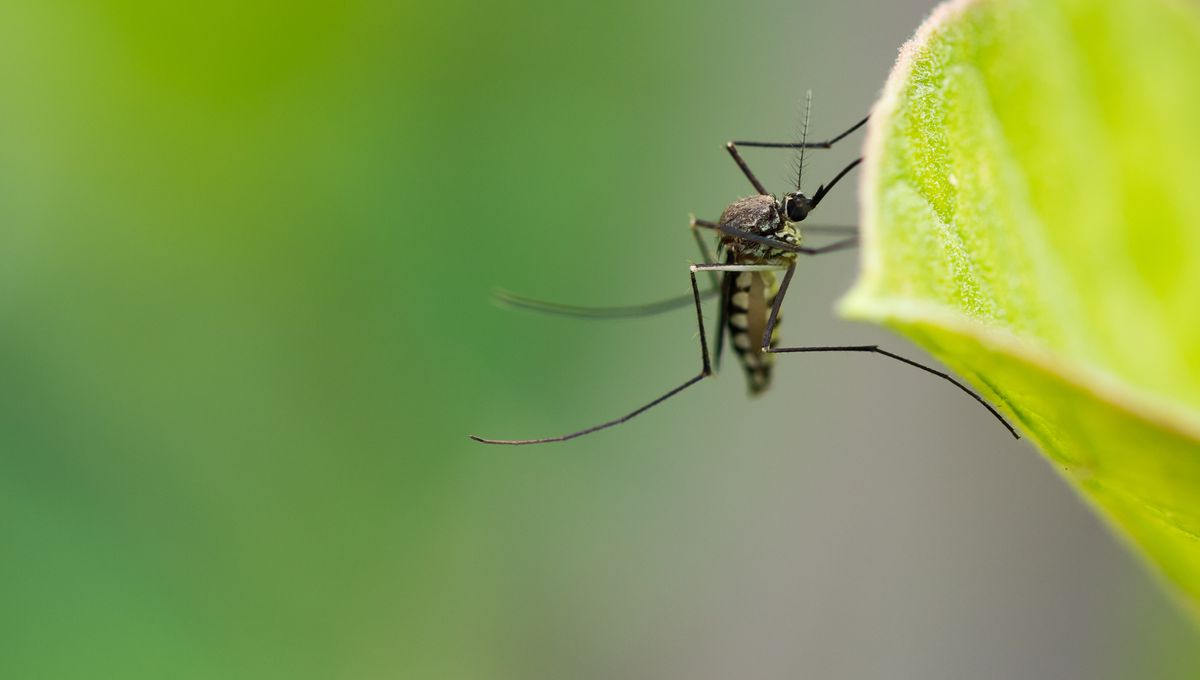
Many people haven’t heard of La Crosse encephalitis Virus (LACV). This viral illness is transmitted through the bite of an infected mosquito – but what exactly is it, and is there any treatment?
What is La Crosse encephalitis virus?
This is an illness spread by mosquitoes that are infected with the LACV virus. As the name suggests, the virus causes inflammation of the brain.
A four-year-old child died in La Crosse, Wisconsin in 1960 from an unknown infection, leading to the discovery of the virus in 1965 when doctors isolated it from the child’s preserved brain tissue and spinal cord. Since then, there has been an increase in infections diagnosed, mainly due to an established surveillance program. This program revealed that the disease is highly endemic in many states in the United States of America.
How many people get infected with La Crosse encephalitis virus?
After West Nile Virus, LACV is the second most prevalent mosquito-borne virus in the United States.
There were 787 total cases of LACV and 11 deaths in the United States during 2004-2013. On average, between 50-150 cases of LACV are reported in the United States annually, with most in the upper Midwestern, mid-Atlantic, and southeastern states.
Typically, infection rises during late spring to early autumn. However, the warmer the place is, the longer the mosquitoes remain active.
What transmits La Crosse encephalitis virus?
The virus can be carried by mosquitoes of the Aedes species. In particular, the most common vector is the treehole mosquito (Aedes triseriatus). As the name suggests, females can lay their eggs in bodies of water found in tree holes. However, it has been found that other Aedes mosquitoes can also transmit this virus, like the Asian tiger mosquito (Aedes albopictus), inland floodwater mosquito (Aedes vexans), and the Asian bush mosquito (Aedes japonicus).
This family of mosquitoes is known to be container-breeding and bite in the daytime.
Adult females can pass along the virus to their eggs. The virus can also stay dormant over winter – so come springtime, they can hatch, buzz along to the nearest person, and transmit the virus.
What are the symptoms of La Crosse encephalitis virus?
People infected with the virus will often have no symptoms (asymptomatic). However, those who do get symptoms often get them 5-15 days after being bitten.
The symptoms include:
- Nausea
- Fever
- Nausea
- Tiredness
- Headache
As you can imagine, those symptoms are very generic and can be confused with other viral infections.
People can get a severe version of this disease, often occuring in children under 16 years old. Severe disease can cause seizures, coma, and paralysis, and people that survive can often develop long-term disabilities.
How can La Crosse encephalitis be diagnosed?
Typically, this virus is very difficult to isolate from normal clinical samples. In the past, most isolates, along with any positive polymerase chain reaction (PCR) results, came from the brain tissue, and some from the cerebral spinal fluid.
Other tests include antibody testing, viral cultures to detect viral RNA, and immunohistochemistry tests to detect LACV virus in formalin-fixed tissue.
What are the treatments for La Crosse encephalitis?
There is currently no vaccine for this virus or any specific antiviral treatment. It is recommended that over-the-counter pain medication is used to relieve fever and reduce some symptoms.
Hospitalization of people with severe symptoms can provide pain medication, nursing care, and intravenous fluids.
How do we prevent the La Crosse encephalitis virus?
As there are no preventative vaccinations for this disease, the best prevention is to limit the potential interaction between the person and infected mosquitoes. This can be done by wearing long pants and T-shirts when outside, as this can create a protective barrier to the skin.
Also, the destruction and/or limitation of the mosquito habitat area can limit the virus. This includes filling the habitat area. For A. triseriatus this is filling tree holes, for other Aedes it means removing containers that can be used for egg laying. It is also recommended that people drill holes in tire swings, or empty children’s paddling pools and store them on the side.
Source Link: La Crosse Encephalitis Virus Is Transmitted By Mosquitoes In The United States – But What Is It?